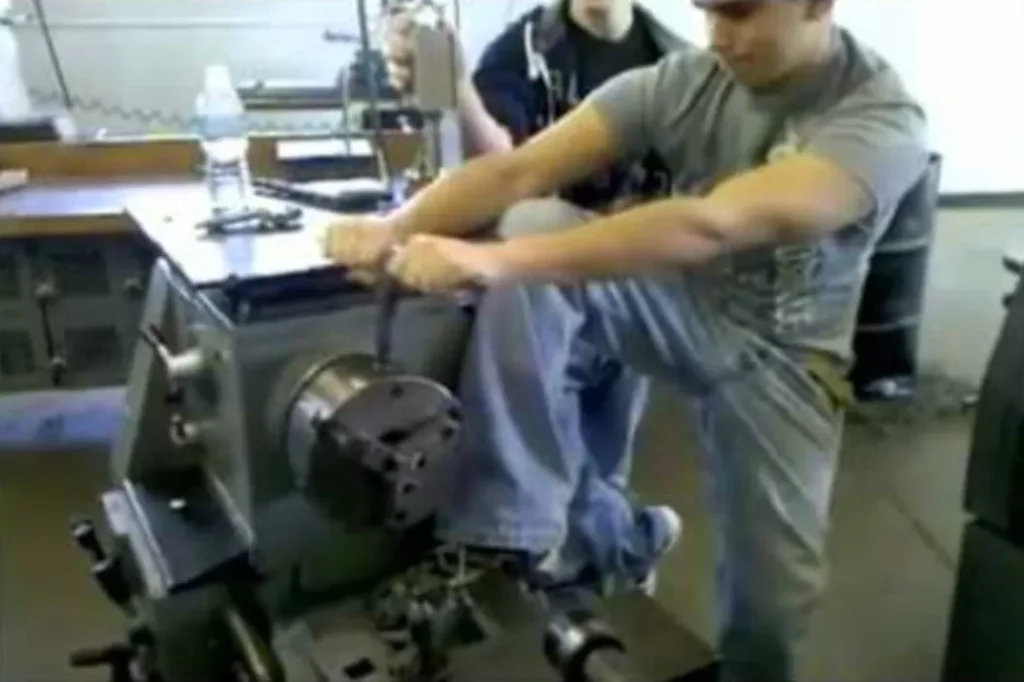Introduction:
In recent times, the term “Russian lathe accident” has gained attention due to a significant incident that occurred in the industrial sector. This article aims to delve into the details of the incident, shedding light on its causes, consequences, and the broader implications for industrial safety.

The Incident:
The Russian lathe accident refers to an unfortunate event that took place in Russia, involving a lathe machine within an industrial setting. Lathe machines are commonly used in metalworking and woodworking industries for shaping materials with a rotating workpiece. The accident, however, highlighted the importance of safety measures in such environments.
Causes of the Accident:
- Lack of Maintenance: In many industrial accidents, inadequate maintenance is a leading cause. Regular upkeep of machinery, including lathe machines, is crucial to ensure their proper functioning and prevent unexpected malfunctions.
- Human Error: Human error is another factor that often contributes to accidents. Whether it’s a lack of training, negligence, or oversight, ensuring that operators are well-trained and follow safety protocols is essential.
- Outdated Equipment: Older machinery may lack modern safety features, increasing the risk of accidents. Upgrading equipment to meet current safety standards is vital for preventing incidents and safeguarding the well-being of workers.
- Read More=Yandex Games
Consequences and Impact:
- Injuries and Loss of Life: Unfortunately, accidents involving industrial machinery can result in injuries or even fatalities. The Russian lathe accident likely led to immediate and long-term consequences for the individuals involved.
- Financial Ramifications: Companies that experience industrial accidents often face financial challenges. Compensation for injured workers, legal expenses, and potential damage to the company’s reputation can have lasting financial implications.
- Impact on Industry Regulations: Such incidents often prompt regulatory bodies to reevaluate and strengthen industry regulations. The Russian lathe accident may lead to stricter safety standards, enforcement, and inspections to prevent similar occurrences.
Preventive Measures:
- Regular Training Programs: Ensuring that operators are well-trained on the proper use of machinery and safety protocols is crucial for accident prevention.
- Routine Equipment Maintenance: Regular inspections and maintenance schedules can identify potential issues before they escalate into serious problems, reducing the risk of accidents.
- Investment in Modern Equipment: Upgrading to newer machinery with enhanced safety features can significantly reduce the likelihood of accidents and improve overall workplace safety.
Conclusion:
The Russian lathe accident serves as a stark reminder of the importance of prioritizing safety in industrial settings. By addressing the causes, understanding the consequences, and implementing preventive measures, industries can strive to create safer working environments. This incident also emphasizes the need for continuous improvement in safety standards to protect both workers and the integrity of the industrial sector.






